Matenadaran, the Mesrop Mashtots Institute of Ancient Manuscripts, has published over 400 works since the 1950s.
In the last 10 years, a number of key scientific publications have been released with the support of Matenadaran’s long-term partner “JTI Armenia”. The company has been implementing numerous corporate social responsibility programs in Armenia for years. Therefore, long-term cooperation with Matenadaran is very important and contributes to the preservation and development of Armenia’s cultural heritage.
The first publication in the series is the monograph “The Armenians of Greater Syria in the Ottoman period (16th-18th centuries)” by Venera Makaryan, senior researcher at Matenadaran.
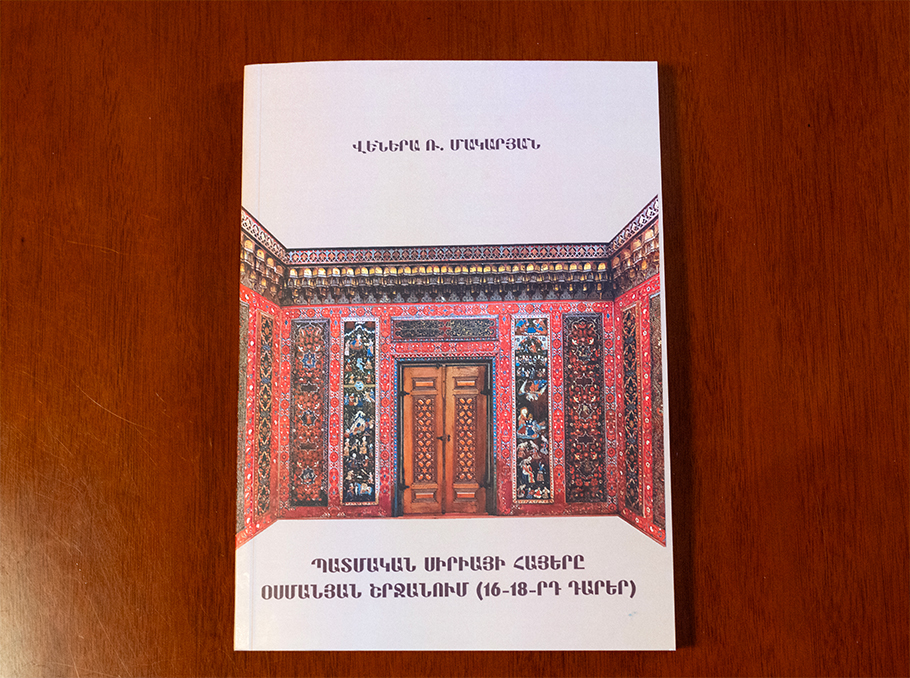
Photo: Mediamax
The book is dedicated to the study of the history, socio-economic status, and spiritual and cultural life of the Armenians of Greater Syria during the Ottoman period, particularly the 16th-18th centuries. An attempt has been made in the book to reveal and emphasize the peculiarities of the status of local Armenians in the context of the Ottoman Empire’s policy towards the non-religious population.
Mediamax discussed the relevance of the work and key aspects of the research with the author of the monograph.
First, the historical context
In the introduction to the monograph, Venera Makaryan specifies that in addition to the territory of the current Syrian Republic, Greater or historical-geographical Syria also included the territories of modern Palestine, Israel, Lebanon, Jordan and part of the Republic of Turkey. It extended from the Amanos Mountains to the borders of Egypt, from the Mediterranean Sea to the Syrian Desert.
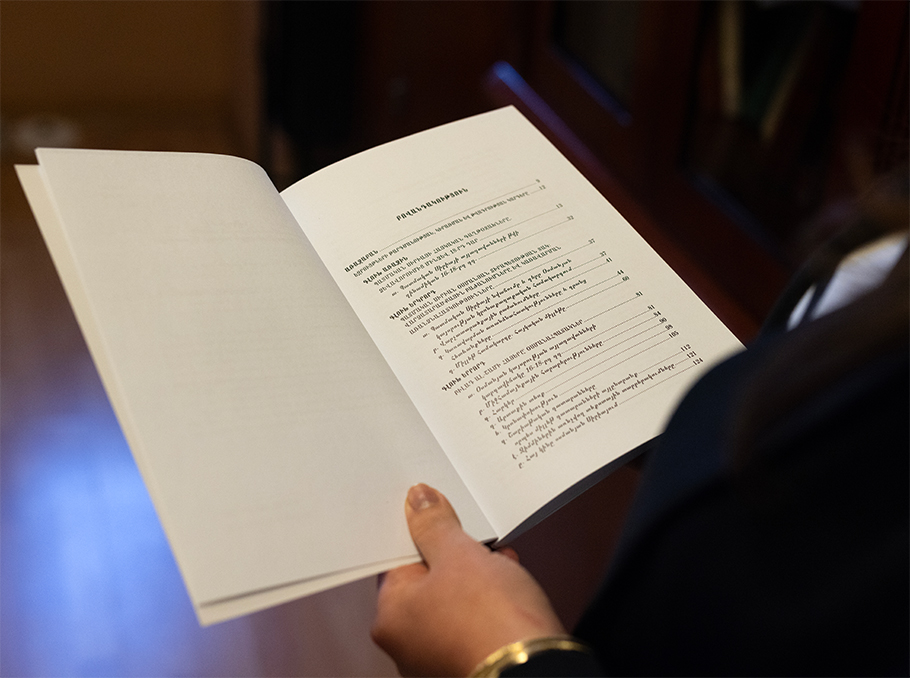
Photo: Mediamax
In the 16th century, the Ottoman Empire conquered Greater Syria, but due to the lack of resources, it was impossible to establish direct control there via sea, mountain and desert routes, therefore, the Ottoman authorities were forced to recognize the partial autonomy of the local rulers. Because of these peculiarities, the socio-economic life of the Armenians of Greater Syria takes a different course in many respects, if we try to compare it with the situation in Western Armenia.
As the author notes, despite general inequality, discrimination, bans and various challenges, a high level of preservation of religious, national, and cultural values was observed among the Armenians of Greater Syria, as evidenced by local foreign officials and Arab historians.
The political status of Armenians from a new perspective
In her monograph, Venera Makaryan wrote about the “millet” system, studied the information about Armenians and Christians in general in the documents of Sharia courts, examined both the pressure and the privileges that Armenians had managed to achieve, as well as specifically focused her attention on the status of Syrian-Armenian women.
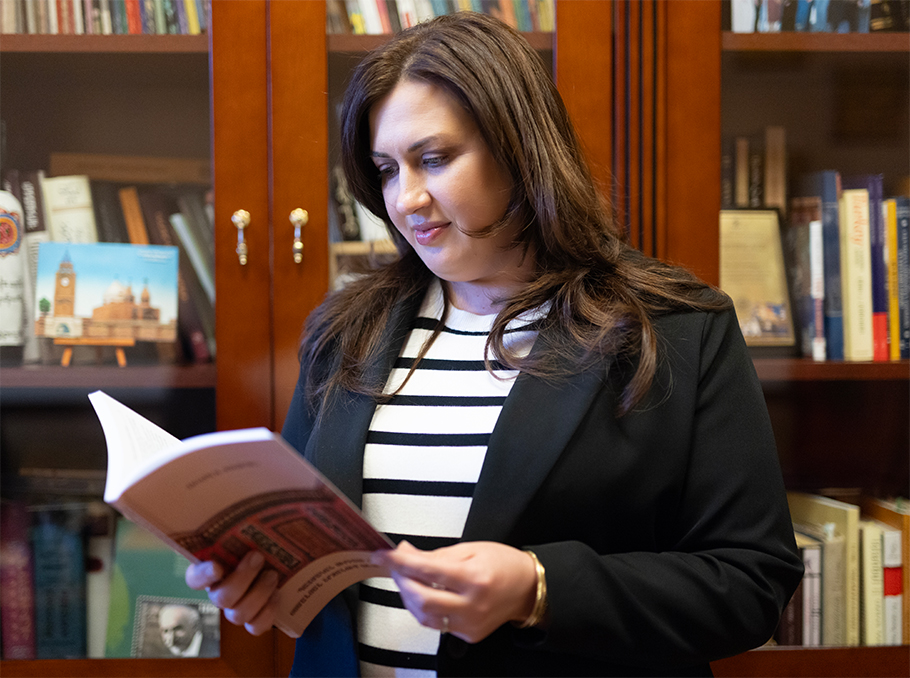 Venera Makaryan
Venera MakaryanPhoto: Mediamax
“When writing the monograph, I tried to rely mainly on primary sources, including the original works of Arab and Turkish historians of the Ottoman period, so that I could objectively present the status of Armenians. Even with this approach, when you try to reiterate the Armenian sources and the works of Armenian researchers, the well-known truth emerges again: the enormous pressure both non-Turks and non-Muslims were subjected to during the Ottoman rule while also being the driving force behind the empire’s development,” explains Venera Makaryan.
The author says that the non-Muslim population of the Ottoman Empire, which, according to geographical records, constituted approximately 40% of the population in the middle of the 16th century, was divided into three ethno- religious communities- millets: Greek Orthodox, Armenian Apostolic, and Jewish. The Armenian millet was established in 1461.
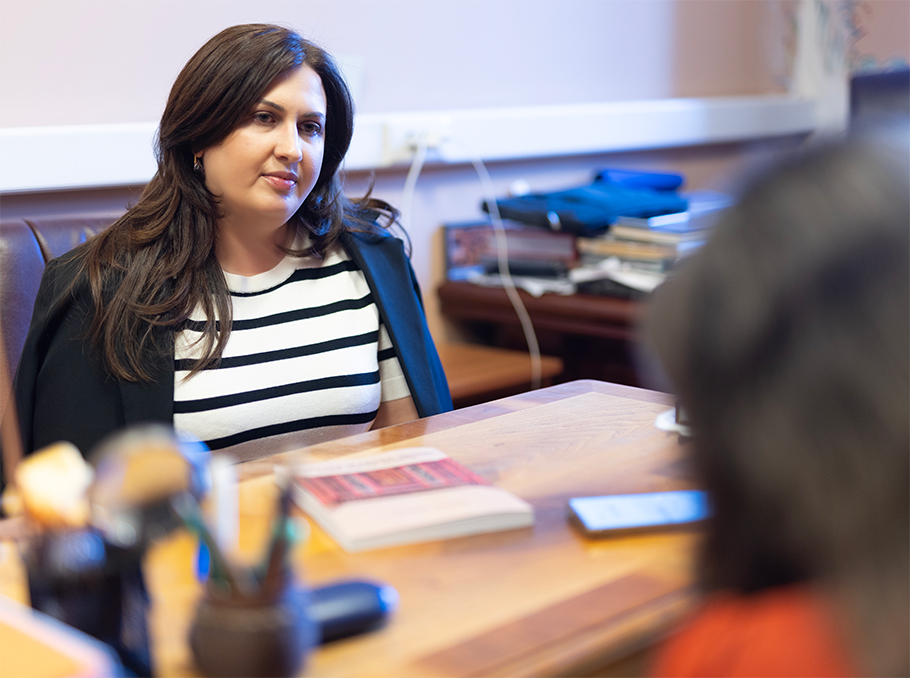 Venera Makaryan
Venera MakaryanPhoto: Mediamax
According to Venera Makaryan, the status of the Armenians of the empire and their material values were legally recognized and secured through the Millet system. “In fact, it is the only arbitral decision at that time regarding the status of the Armenians that can serve as a basis for the Armenian claims process,” she notes.
Armenians at the origin of formation of the Ottoman Empire
In her monograph, Venera Makaryan cites Margaret Wiszomirsky as saying that despite their racial, linguistic, and religious differences with the Ottoman Turks, Armenians, like other Christian and Jewish communities of the empire, nevertheless were considered an economic elite in the society. And, according to Wiszomirsky, not only was there no common system of values between the two sides, but each of them developed a “brand” of nationalism that excluded the other.
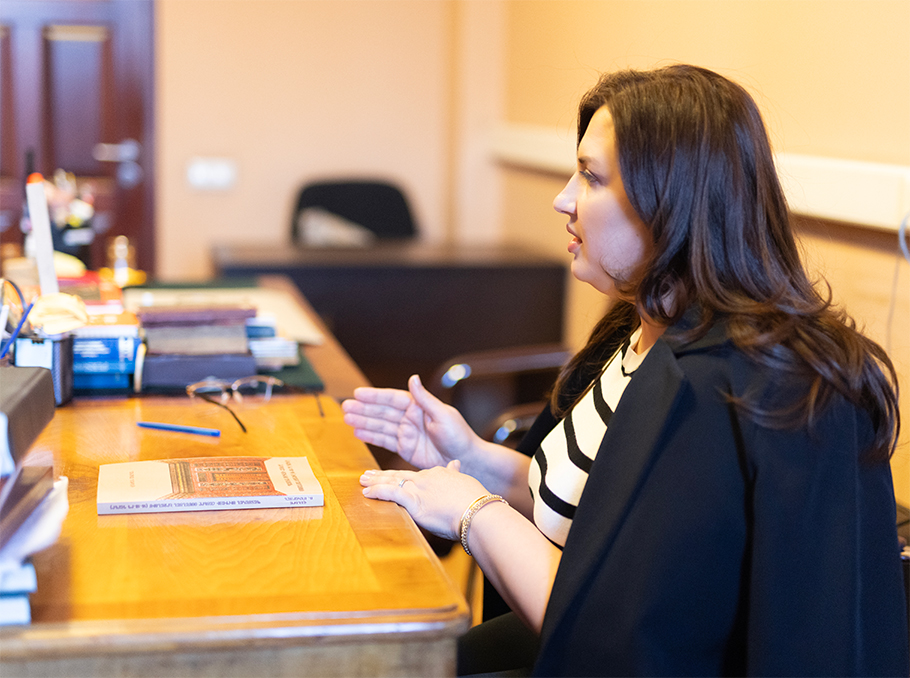 Venera Makaryan
Venera MakaryanPhoto: Mediamax
“Especially in the early stages of the formation of the Ottoman Empire, Armenians and other Christians played a key role in the development of science, economy, and culture of the empire. The Turks were not capable of developing this empire, so the potential of Armenians was largely used in various fields for its establishment and development,” the author notes.
“In the monograph, I wrote about the dominant position the Armenians occupied in Greater Syria, and even Sharia and Sultan’s laws were circumvented for them. However, Turkey is currently trying to erase the traces of Armenians in the territory of the former empire, and at the best presents their contribution, for example, the construction of this or that monument or a building, as built by Christians, while hiding their nationality,” Venera Makaryan explains, emphasizing that even in trade, the Europeans avoided doing business with the Turks, meanwhile local Christians were in a privileged position.
Church building, bypassing Sharia laws
While writing the monograph, Venera Makaryan has extensively used the original documents of Sharia courts. Interesting factual material also includes the Catholicosate berats (licenses), firmans (imperial edicts) of the 16th-18th centuries and later periods, as well as the correspondence between Armenian clergy from different regions of the Ottoman Empire and the clergy of Echmiadzin, which provide a new perspective on the study of many issues.
“I think for the Armenian public, the Ottoman period is mostly associated with the Armenian Genocide or the years around it, but there are many interesting facts about the life of Armenians before that. For example, from the correspondence between the Armenian clergy of Echmiadzin and Jerusalem we learn how the latter were able to return this or that Armenian monastery from the Greeks thanks to the Sultan’s firmans or resolve any inter-communal dispute in their favor. We should bear in mind that there were constant inter-communal disputes there. There are also records of churches being renovated and even new churches being built, although we know that according to Sharia, the construction of churches was prohibited. As an example, we can bring the construction of the current church, and then the cemetery adjacent to the small chapel of the Forty Martyrs Cathedral in Aleppo in the early 17th century,” Venera Makaryan explains.
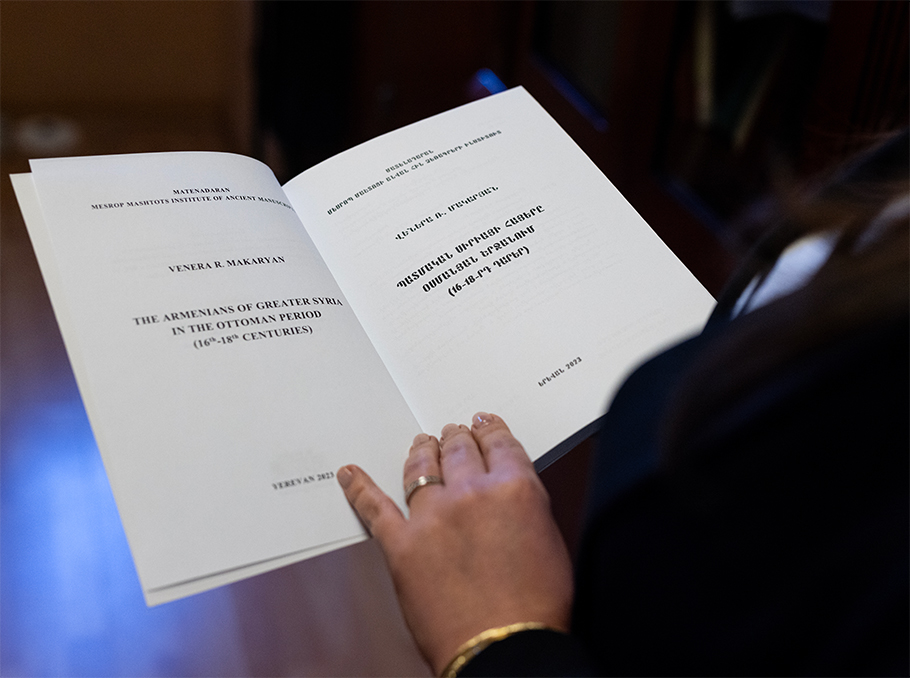
Photo: Mediamax
In Greater Syria, says Venera Makaryan, those responsible for the preservation and development of religion and Armenian culture were Armenian dignitaries, who enjoyed great fame.
“Their names were known even at the Sublime Porte (the government of the Ottoman Empire. The name is a French translation of Turkish Bâbıâli (“High Gate,” or “Gate of the Eminent)”. Through their connections, they were able to get great privileges for the implementation of various initiatives aimed at the development of Armenian culture and science. It is even mentioned that the governor of the province could be taken under the patronage of a local Armenian dignitary, or Armenian money changers could lend him money. That was how much influence the Armenians had,” the author notes.
“The modern community was also very impressive: I visited Aleppo in 2009, we had an extraordinary community with prominent individuals. It hurts me immensely that the community faced a lot of problems due to security issues; the Armenian trace is clearly felt in these regions,” says Venera Makaryan.
The pillars of the preservation of Armenian identity in the colonies
The Armenian Apostolic Church, the Armenian language and culture were the main factors contributing to the preservation of the Armenian identity among the Armenians of Greater Syria.
“However, the issue of preservation of the Armenian language arose in the mid-19th century, and already in the early 20th century, villages with a large Armenian population, particularly in the northern regions of Syria, were completely or partially Latinized. Until then, education among Armenians had been mostly carried out in churches, but due to intra-church disputes and other reasons, the position of the Armenian Apostolic Church in these regions weakened, as a result of which the Catholic Mission became more active and gradually strengthened its position. However, the schools they founded did not teach Armenian. At Matenadaran we have an Arabic manuscript written in Armenian script in the second half of the 20th century that bears witness to the fact that during that period, the Armenians living particularly in the villages of Yakoubieh and Ghneye did not speak Armenian, although the script was still used,” Venera Makaryan says.
There is no contradiction between pro-Armenianism and impartiality
Some parts of Venera Makaryan’s monograph were met with skepticism by Armenian scholars. She explains it by the growing tendency in the Armenian scientific community to propose Turkish theories supplied by the “scientific minds” of other countries, which is the result of the active work of Turkish scholars in those countries.
“I strongly recommend not to follow such “disguised” theories while following all modern theories in this field, not to present them as newly proven truths and not to consider this step as an opportunity to integrate into that influential scientific community. Being in the loop is a good thing, even necessary, but one should always treat such theories with suspicion and be alert in order not to fall under their influence. I assure you that historical evidence is enough to advance the truth,” Venera Makaryan points out.
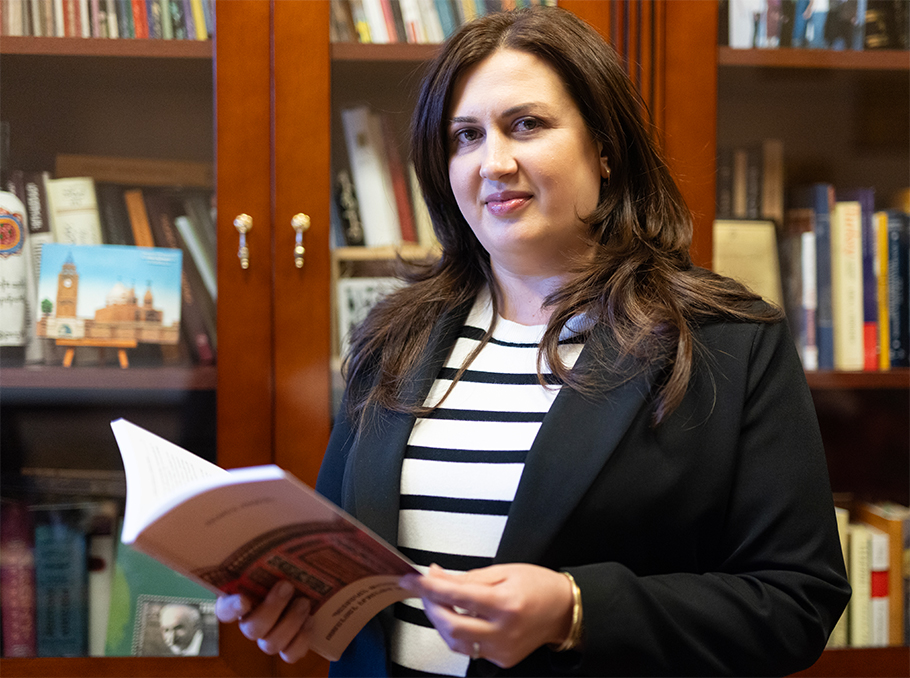 Venera Makaryan
Venera MakaryanPhoto: Mediamax
According to her, every step of Armenian historians is a struggle, a battle, which becomes especially obvious during international conferences, when representatives of neighboring states act under the strict control of their state propaganda.
“Historians must also develop diplomatic skills. We cannot ignore the vulnerabilities in our history, but by always responding diplomatically and with facts we can present the truth. We should remember that impartiality and pro-Armenianism do not contradict each other at all, there is no need to see a contradiction in this. There is one truth, and when you conduct research you always come to the same truth which is in favor of the Armenians,” says Venera Makaryan.
The scholar in parallel worlds
Venera Makaryan says that there is a lack of young researchers in science, especially in the humanities.
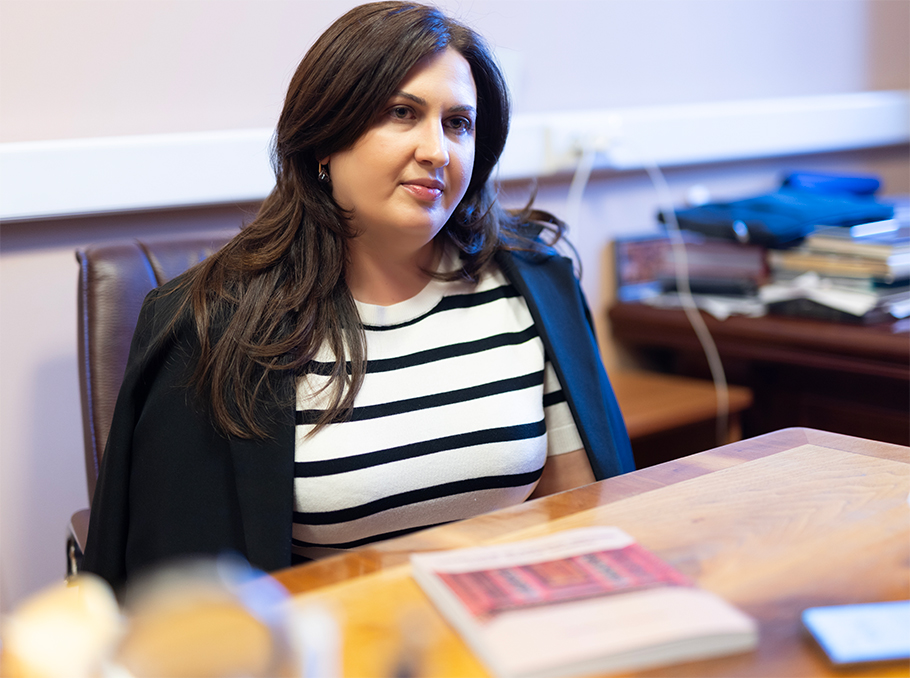 Venera Makaryan
Venera MakaryanPhoto: Mediamax
“As one of my colleagues once said, we live in an era of foam, there is no serious approach, people do not think about the means when making money. There was time when they said all is fair in love and war, but today, we live in a world when all ways to make money and become famous are considered fair. This leads to the degradation of the society. Oftentimes, you don’t see yourself in that environment. Just imagine, I come to work with medieval manuscripts, I engage in a dialogue with the testimonies of centuries, their authors, and then I see how superficial modern people are. Sometimes I feel how difficult it is to live in parallel worlds,” says Venera Makaryan, adding: “Despite these difficulties, scientific work fills life with meaning. We have to remember that we are what we fill ourselves with, and should dedicate our lives to worthy causes."
Gayane Yenokyan
Photos: Emin Aristakesyan







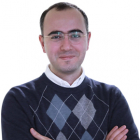



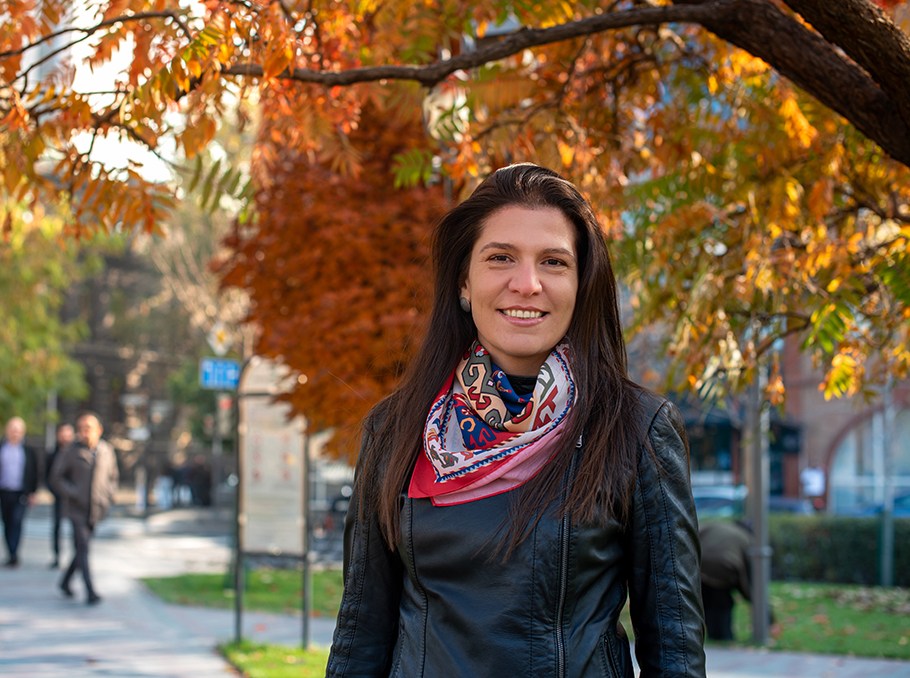
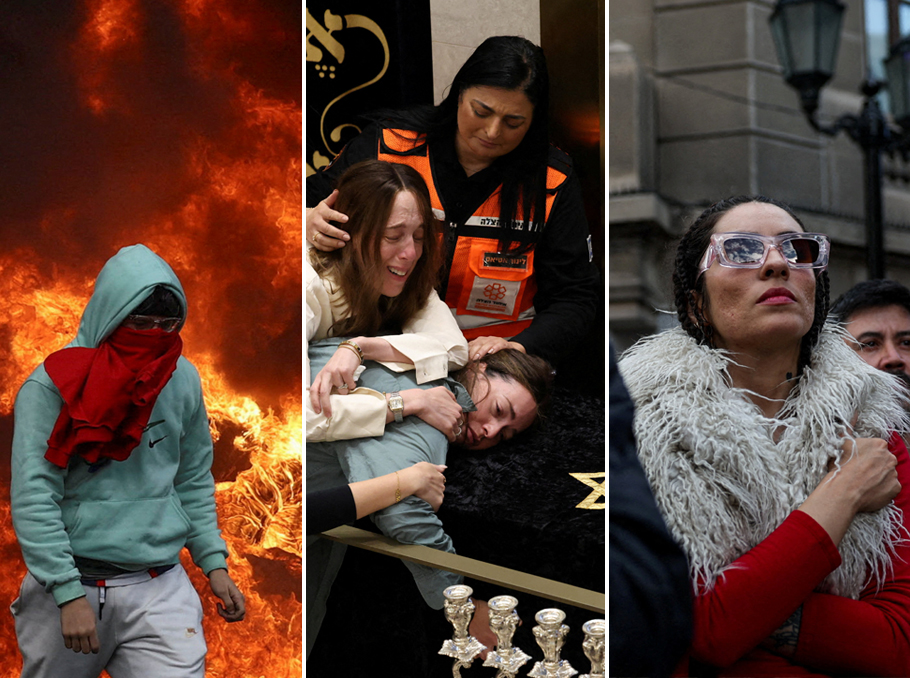
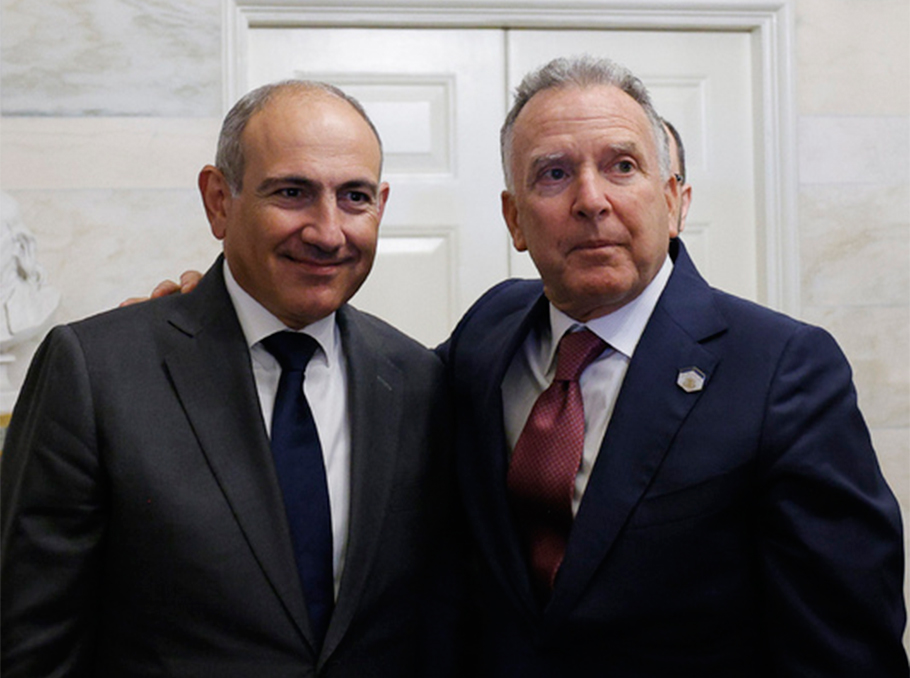







Comments
Dear visitors, You can place your opinion on the material using your Facebook account. Please, be polite and follow our simple rules: you are not allowed to make off - topic comments, place advertisements, use abusive and filthy language. The editorial staff reserves the right to moderate and delete comments in case of breach of the rules.